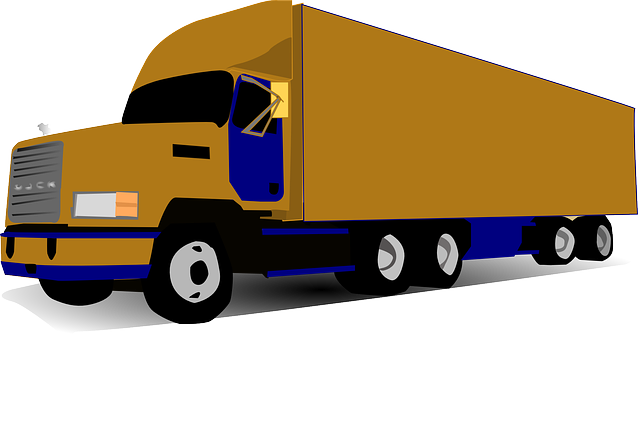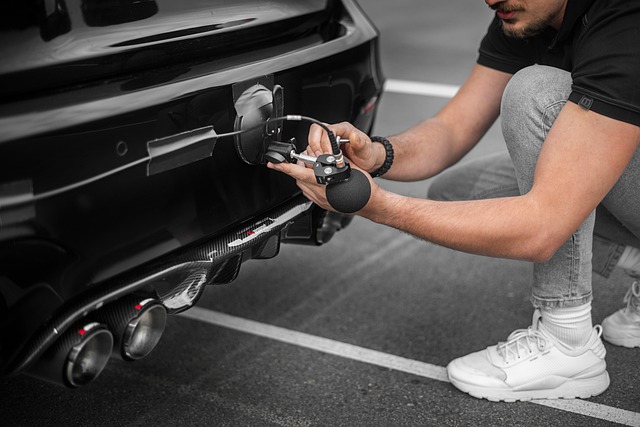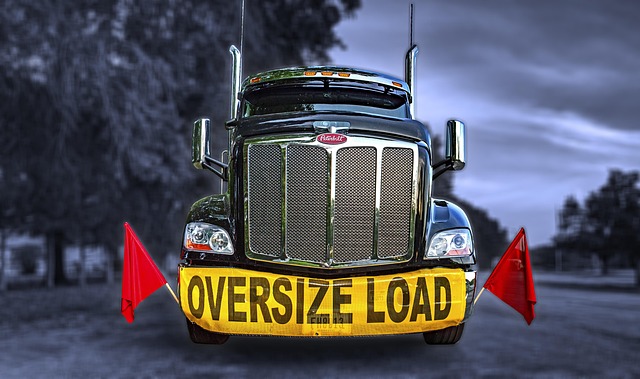Looking to register your car in California? It’s a straightforward process, but understanding the requirements and gathering the right documents is crucial. This guide will walk you through everything from fulfilling the necessary conditions for registration, such as passing a DMV VIN (Vehicle Identification Number) verifier, to completing the application at a local California DMV office or online, and paying associated fees.
- Understand the Requirements for Car Registration in California
- Gather Necessary Documents for Car Registration
- Visit a California DMV Office or Use the Online System
- Complete the Vehicle Identification Number (VIN) Verification Process
- Pay the Required Fees and Receive Your Registration Papers
Understand the Requirements for Car Registration in California

Before you begin the registration process, it’s crucial to understand what is required for car registration in California. The state Department of Motor Vehicles (DMV) has specific guidelines that must be followed to ensure a smooth and legal transaction. One key step involves using a DMV VIN verifier to check the vehicle’s history and identify any potential issues. This tool cross-references the unique Vehicle Identification Number (VIN) with state and national databases to verify ownership, accident reports, and outstanding liens or recalls.
Additionally, you’ll need to provide proof of insurance, complete necessary forms, and pay the registration fees. It’s also important to have a valid driver’s license and current vehicle inspection (or arrange for a mobile VIN inspection if needed) to ensure your car meets safety standards. By understanding these requirements beforehand, you can streamline the registration process and hit the roads legally in no time.
Gather Necessary Documents for Car Registration

Before you start the car registration process in California, it’s crucial to gather all the necessary documents. The California Department of Motor Vehicles (DMV) requires specific paperwork for a successful and smooth registration. One key step is to obtain a Vehicle Identification Number (VIN) verification report, which can be done through a DMV-approved vin verifier. This involves providing your vehicle’s unique VIN number to ensure its authenticity and history.
Additionally, you’ll need to present essential documents like the title or bill of sale from the seller, current registration (if transferring from another state), proof of insurance, and valid identification with a signature matching the title. For a hassle-free process, consider utilizing mobile vin verification services or conducting a vin inspection prior to visiting the DMV, ensuring you have all required paperwork in order.
Visit a California DMV Office or Use the Online System

Visiting a California DMV office or utilizing the online system are two viable options for registering your vehicle. The Department of Motor Vehicles (DMV) offers efficient and accessible methods to ensure a smooth registration process. If you prefer in-person interaction, visiting a local DMV office is advisable. You can bring all necessary documents, such as proof of ownership, identification, and insurance, to expedite the procedure.
Alternatively, California’s DMV provides an online platform for vehicle registration, including VIN (Vehicle Identification Number) verification. This digital approach allows you to complete the process from the comfort of your home using a mobile vin verifier or the official DMV website. A simple VIN inspection can validate the vehicle’s history and ensure all necessary records are in order before final registration.
Complete the Vehicle Identification Number (VIN) Verification Process

To register your car in California, completing the Vehicle Identification Number (VIN) Verification Process is essential. This step involves confirming that your vehicle’s VIN is accurate and matches the data on record with the California Department of Motor Vehicles (DMV). You can do this through a traditional dmv vin verifier or opt for a more convenient mobile vin inspection and verification service.
Using a mobile vin verifier, you can have your car’s details checked remotely by a professional. This involves scanning the VIN bar code using a specialized app, which then communicates with a database to verify the vehicle information. This method offers a faster, more accessible alternative to visiting a DMV office or waiting for traditional verification processes, especially if you’re busy or live in a remote area.
Pay the Required Fees and Receive Your Registration Papers

After completing your vehicle’s necessary inspections, such as a smog test and safety check, it’s time to pay the required fees. These include the registration fee, which varies based on your vehicle’s type and emissions system, along with any additional costs for special features or plates. You can typically pay online through the DMV’s website, over the phone, or in-person at a local DMV office. Once your payment is processed, you’ll receive your registration papers, also known as the Proof of Registration and Insurance. These documents are crucial and must be kept up-to-date to ensure your vehicle remains legally registered in California.
Don’t forget that many California car dealerships offer a convenient service called a DMV vin verifier, which streamlines this process. Moreover, for those who prefer a mobile vin inspection or verification, there are services available that can come to you. This ensures a hassle-free experience, especially when dealing with the paperwork and fees associated with registering your vehicle.
Registering a car in California is a straightforward process, whether done at a DMV office or online. By understanding the requirements, gathering all necessary documents, and completing steps like VIN verification, you can efficiently get your vehicle registered. Remember to keep your registration papers up-to-date for smooth driving and legal compliance. Utilize the services of a dmv vin verifier to streamline this process.



